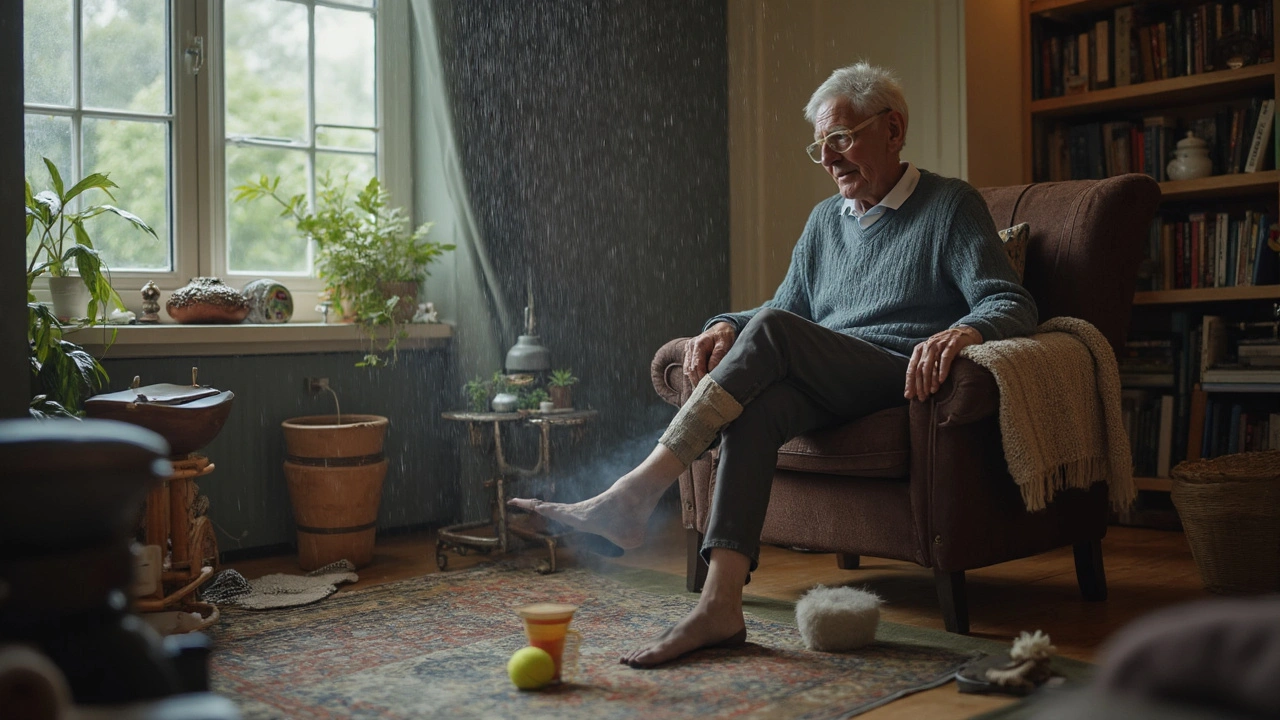Reflexology for Arthritis: Simple Steps to Ease Joint Pain
If you’re fed up with stiff joints and constant ache, reflexology might be the low‑key helper you’ve missed. It’s just a focused foot massage that talks to your body’s pressure points, and many people say it lights up relief where they need it most.
Before you try anything, remember that reflexology isn’t a cure‑all. It works best alongside your doctor’s plan, meds, or physical therapy. Think of it as a gentle nudge rather than a miracle.
How Reflexology Works on Arthritic Joints
Every spot on the foot lines up with a specific organ or body part. When you press the right zones, you’re sending signals that can calm inflammation, boost circulation, and relax tight muscles around the joint. In simple terms: better blood flow means more oxygen and nutrients, which helps damaged tissue heal faster.
People with arthritis often feel a warm, tingling sensation after a good session. That feeling is a sign your nervous system is responding. Over time, regular foot work can lower overall pain scores and even improve range of motion.
Easy Reflexology Routine You Can Try at Home
All you need is a comfy chair, a bit of lotion or oil, and a few minutes. Follow these steps:
1. Warm‑up the foot. Rub your hands together, then glide them over the sole for 30 seconds. This gets the blood moving.
2. Target the knee point. The knee reflex sits in the middle of the foot, just under the ball. Press gently with your thumb in a small circular motion for about 1 minute.
3. Move to the elbow zone. Located on the outer edge of the foot near the arch. Use a firm press for 45 seconds – many say it eases arm and shoulder tension that can affect posture and joint strain.
4. Focus on the spine line. Run your thumbs along the inner edge of the foot from heel to big toe. This helps the whole back stay aligned, which can lessen joint stress.
5. Finish with a sweep. Lightly stroke from heel to toe, ending with a gentle tap on the toes. This signals your body to relax and finish the session on a calm note.
Do this routine 3‑4 times a week. If you notice any sharp pain, ease up or skip that spot. Consistency beats intensity – a short, steady practice often brings better results than a once‑a‑month marathon.
After a few weeks, track how your joints feel. A simple journal – noting pain levels, stiffness, and how long you can move without discomfort – helps you see real progress.
Remember, reflexology is a tool, not a replacement for medical care. Pair it with proper movement, a balanced diet, and any prescribed treatments for the best overall outcome.
Give it a try, and you might find that a few minutes of foot work each day can make a noticeable dent in arthritis pain. Your joints will thank you for the extra love.
Reflexology for Arthritis Pain Relief: Safe Techniques and Evidence
Can reflexology ease arthritis pain? Get a straight answer, safe at‑home steps, what the evidence says, and how to find a good practitioner in Australia.
